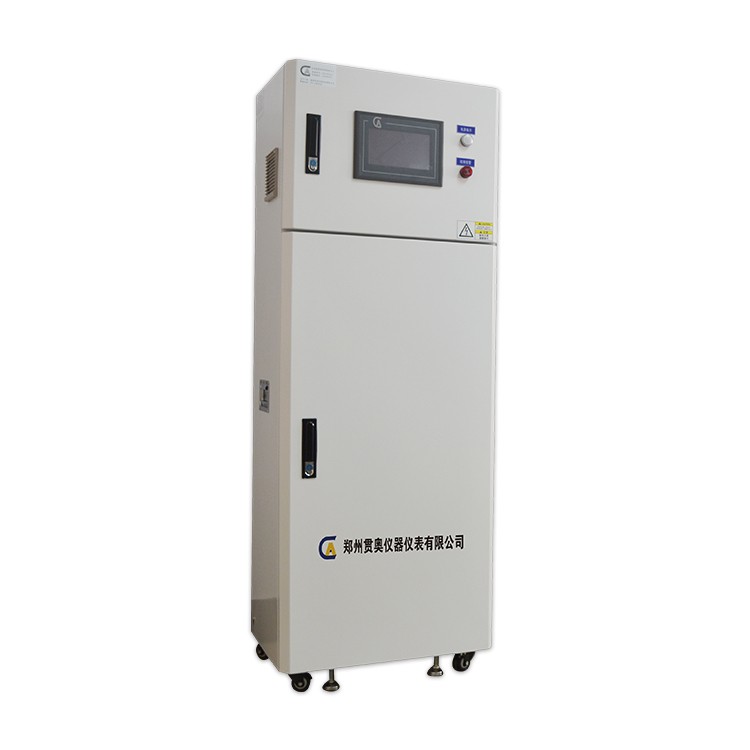At present, compared with cities and towns in terms of water quality monitoring, there are still some difficulties in rural domestic sewage. For example, it is difficult to collect and treat sewage, domestic sewage and rainwater cannot be separated, there is a lack of professional detection and operation and maintenance personnel, and there is a lack of professional monitoring equipment.
Therefore, many places began to monitor the existing situation of rural domestic sewage through online monitoring equipment, so as to understand the specific situation of rural domestic sewage as much as possible. In order to let you know the online monitoring technology as much as possible, we will talk about the monitoring content of rural domestic sewage through the Beijing Municipal Technical Guidelines for Real time Monitoring of Water Quantity and Quality of Rural Domestic Sewage Treatment Facilities.

The monitoring content of water quantity and quality of rural domestic sewage mainly includes monitoring scale, indicators and monitoring data transmission frequency, as follows:
1. Monitoring scale and indicators
Daily treatment capacity of domestic sewage treatment facilities in rural areas is 500m ³ Online monitoring devices for water volume, turbidity, pH value, total power consumption and operation status of key equipment shall be installed in areas above or above, and online monitoring devices for other indicators can also be optionally installed; Daily treatment capacity 500m ³ The following areas need to install an online monitoring device for total water and power consumption, and the rural sewage treated by urban villages and towns should be measured separately, and the online monitoring device for water volume should be installed with a daily treatment capacity of 500m ³ 100m below ³ The above key areas and daily treatment scale are 500m ³ For areas above and above, ammonia nitrogen and CODcr online monitoring equipment can be optionally installed to monitor ammonia nitrogen and CODcr, and the daily treatment of indicators is 100m ³ Above, video monitoring can be installed according to the actual situation, and the specific requirements are as follows:1. Water quantity monitoring: install water quantity monitoring equipment at the inlet or outlet of sewage treatment facilities to monitor water quantity.
2. Water quality monitoring: conduct water quality monitoring at the outlet of sewage treatment facilities.
3. Total power consumption monitoring: measure and monitor the total power consumption of sewage treatment facilities.
4. Video monitoring In areas where conditions permit, video equipment can be installed in equipment rooms, plant stations and water outlets for monitoring.
2. Monitoring data transmission frequency
Specific requirements for transmission frequency are as follows:Frequency of water volume: It is advisable to transmit water every 1 hour.
Water quality frequency: transmission shall not be less than 6 times/D, and transmission shall be conducted at 0:00, 4:00, 8:00, 10:00, 12:00, 16:00 and 20:00 respectively;
Total power consumption frequency: should be transmitted every 1 hour.
Video retention time: should not be less than 3 months.
The above is the monitoring content of water quantity and quality of rural domestic sewage treatment facilities.



